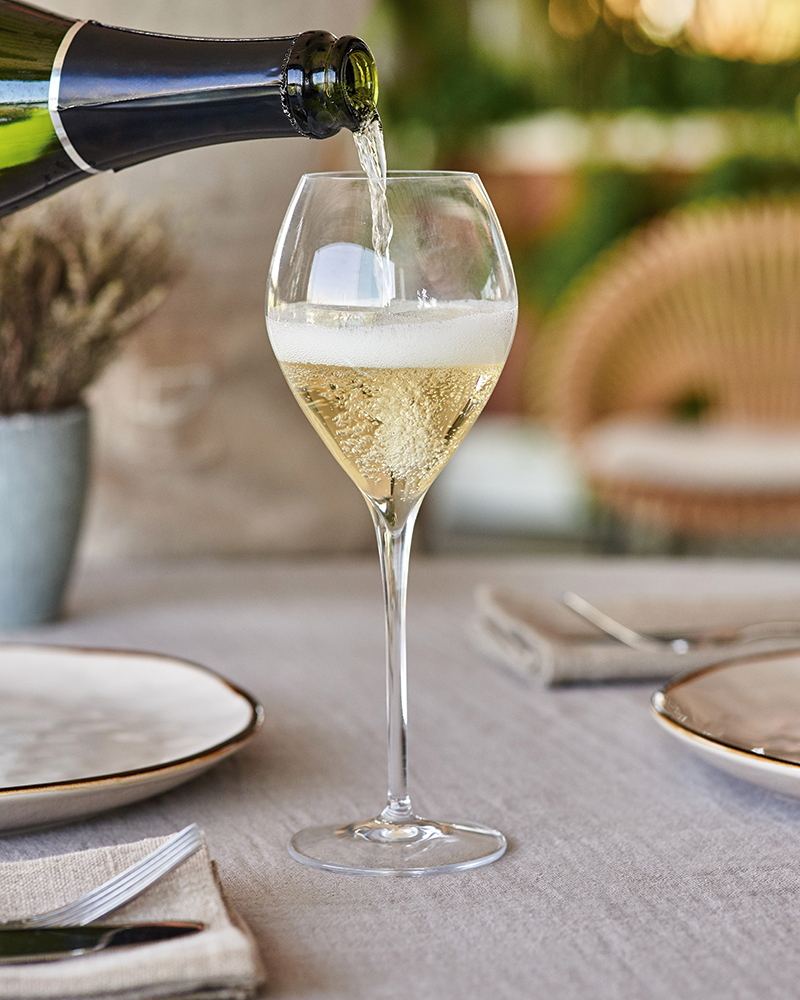Storing Cava correctly at home is extremely important, in order to ensure that you can fully appreciate the wine when tasting it later.
Each bottle has been stored in a quiet space under perfect conditions for a minimum of 9 months; after this period of time, it is ready to be uncorked and enjoyed. However if you want to wait longer, you need to know how best to keep the Cava. Apart from the debate between experts about whether the bottle should be kept in a horizontal or vertical position, the temperature and humidity of the storage location should also be considered.
Both these factors need to be kept consistent, ideally 14ºC with 50% humidity; the latter is necessary to ensure the correct hydration of the cork. In addition, contact with light, noise and vibrations should also be avoided.
All these recommendations also depend on how long the bottle will be stored. If the Cava will be consumed within a short space of time, then the bottle should be stored upright and close at hand, at a lower temperature of about 8ºC (see section below on serving temperatures).








